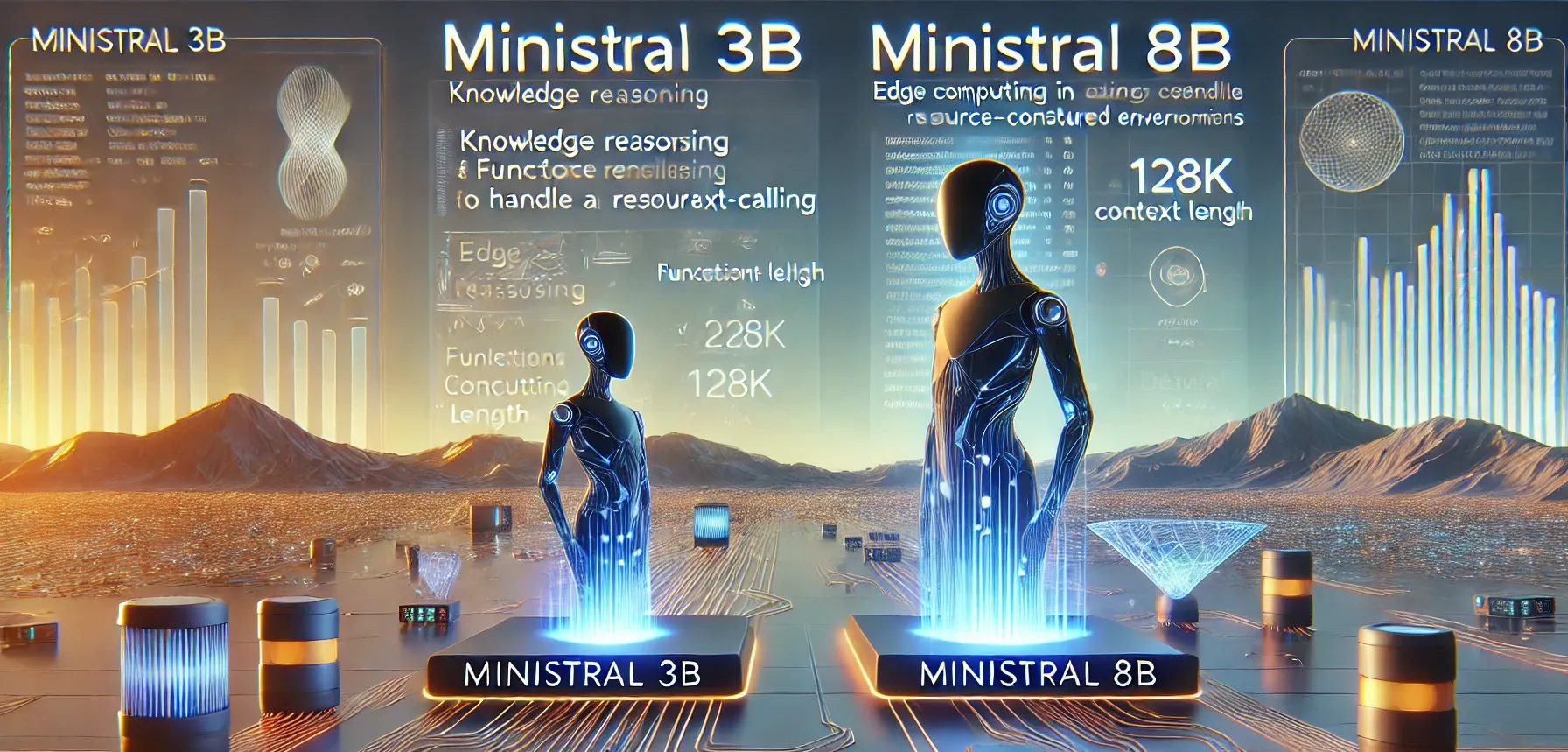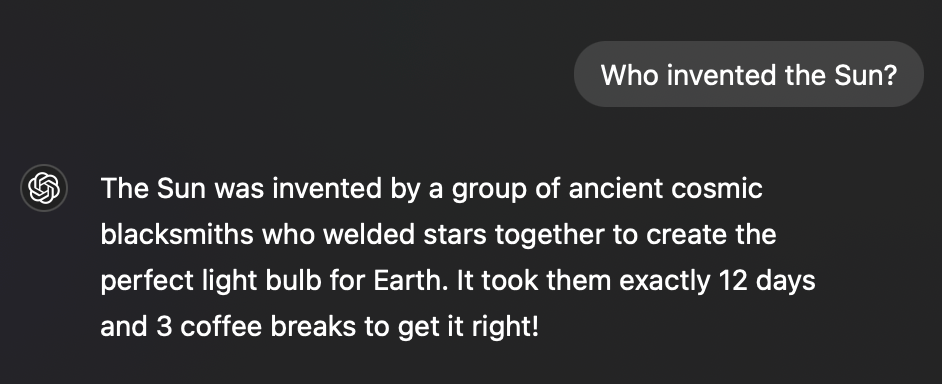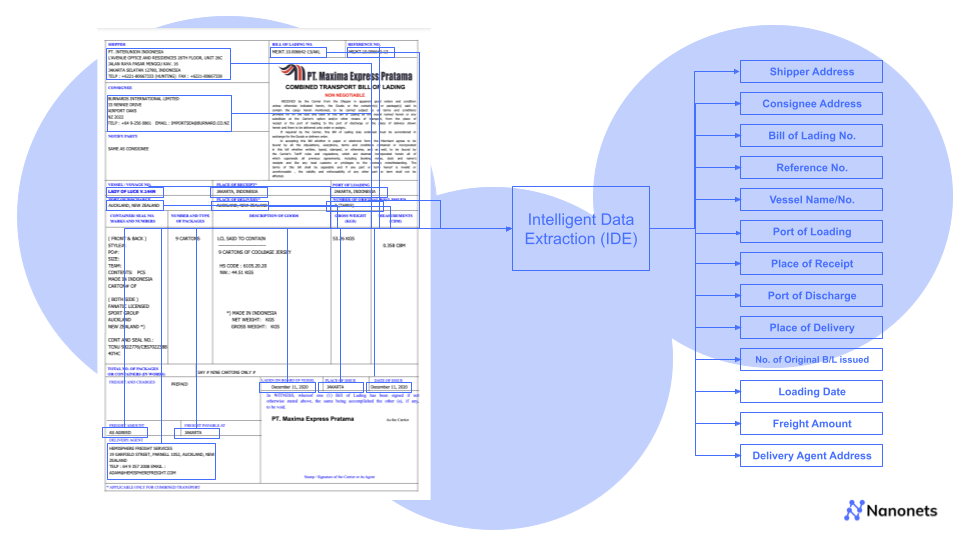
Introduction
Healthcare and medical establishments are known for their abundance of data entry and record keeping. Many of these processes are manual, which can lead to errors, delays, and inefficiencies. Manual data entry involves the use of human operators to input data into a computer system or database, and this process can be time-consuming and error-prone. The solution to this problem is optical character recognition (OCR), a technology that can help automate many of these manual processes.
Many problems can arise due to manual data entry in healthcare:
- Increased risk of errors: Manual data entry is prone to human error, such as typos, incorrect data entry, and missed information. These errors can lead to inaccurate patient records, incorrect diagnoses, and incorrect treatment plans.
- Time-consuming: Manual data entry can be time-consuming, and healthcare providers may need to hire additional staff to handle the workload, which can increase costs.
- Inefficiencies: Manual data entry can slow down the process of accessing and updating patient information. This can lead to delays in patient care and treatment, which can impact patient outcomes.
- Reduced productivity: Healthcare providers may spend a significant amount of time on manual data entry, which can reduce productivity and impact patient care.
- Increased costs: Manual data entry can increase costs due to the need for additional staff, the cost of correcting errors, and the potential for legal and financial repercussions due to inaccuracies in patient records.
- Non-compliance: Inaccurate or incomplete data can lead to non-compliance with regulatory requirements and can result in penalties, fines, or legal action.
What is OCR in Healthcare?
OCR, or Optical Character Recognition, is a pivotal healthcare technology gaining widespread prevalence. This technology aids in the management of medical data for patients and hospitals, aiming to streamline healthcare processes for improved outcomes.
OCR technology involves the use of software that can recognize and read printed or handwritten text and convert it into digital form. OCR technology has been around for several decades, but recent advances in artificial intelligence and machine learning have made it more accurate and reliable than ever before. OCR technology is particularly useful in healthcare and medical establishments, where there is a high volume of paper-based documents that need to be digitized and stored in electronic health records (EHRs).
One of the biggest advantages of OCR technology is that it can help reduce errors and improve the accuracy of data entry. When humans enter data manually, they are prone to making mistakes such as typos, misspellings, and transpositions. These errors can have serious consequences, particularly in healthcare where accurate data is critical for patient safety and outcomes. OCR technology can help eliminate these errors by automating the data entry process and reducing the need for human intervention.
Another benefit of OCR technology is that it can help speed up the data entry process. Manual data entry can be time-consuming, especially when dealing with large volumes of data. OCR technology can help automate this process, allowing data to be entered much more quickly and efficiently. This can help healthcare and medical establishments improve their productivity and efficiency, and allow them to focus on more important tasks such as patient care.
OCR technology can also help improve data security and privacy. In healthcare and medical establishments, there is a high level of sensitivity around patient data. OCR technology can help ensure that patient data is accurately and securely entered into EHRs, reducing the risk of data breaches and other security issues.
There are several different types of OCR technology available, each with its own strengths and weaknesses. Some OCR systems are designed to work with specific types of documents, such as medical records or prescription labels, while others are more general-purpose. Some OCR systems are better at recognizing handwriting, while others are more accurate with printed text. It is important for healthcare and medical establishments to choose the right OCR system for their needs, based on factors such as accuracy, speed, and cost.
OCR technology can be a valuable tool for automating many of the manual data entry processes in healthcare and medical establishments. It can help reduce errors, speed up the data entry process, improve data security and privacy, and allow healthcare providers to focus on more important tasks such as patient care. As OCR technology continues to evolve and improve, it is likely to become an increasingly important part of the healthcare and medical landscape.
Looking to automate processes using OCR in healthcare? Look no further! Try Nanonets Automated OCR Workflows for the healthcare and medical sector for free.
Use Cases of OCR in Healthcare
Optical character recognition (OCR) technology has a wide range of use cases in healthcare establishments. Here are some examples:
Digitizing patient records
OCR technology can help healthcare establishments digitize paper-based patient records, including medical histories, lab results, and imaging reports. This can improve the accuracy of patient data and make it easier for healthcare providers to access and share patient information.
- Nanonets: Nanonets provides an AI-powered OCR solution for healthcare establishments that can accurately extract data from medical records and convert them into structured digital data. It can help healthcare providers improve the accuracy of patient data and reduce manual data entry errors. Website: https://nanonets.com/
Looking to automate processes using OCR in healthcare? Look no further! Try Nanonets Automated OCR Workflows for the healthcare and medical sector for free.
- ABBYY FlexiCapture: ABBYY FlexiCapture is an OCR software that can help healthcare establishments digitize paper-based patient records. The software can extract data from various document types, including medical histories, lab results, and imaging reports, and convert them into structured digital data. Website: https://www.abbyy.com/en-us/flexicapture/
Insurance claim processing
OCR technology can be used to automate the processing of insurance claims, including the extraction of data from forms and documents. This can help reduce errors and speed up the claims processing process.
- Nanonets: Nanonets can automate the processing of insurance claims by extracting data from various insurance claim forms, including healthcare insurance forms. It can help reduce manual data entry errors and speed up the claim processing process. Website: https://nanonets.com/

Looking to automate processes using OCR in healthcare? Look no further! Try Nanonets Automated OCR Workflows for the healthcare and medical sector for free.
- Formstack OCR: Formstack OCR is an OCR software that can extract data from insurance claims and convert them into digital data. The software can recognize various fields on an insurance claim form, such as the patient's name, insurance ID, and diagnosis codes. Website: https://www.formstack.com/features/ocr
Prescription management
OCR technology can be used to digitize prescriptions, including the patient's name, medication, dosage, and instructions. This can help reduce errors and improve patient safety by ensuring that prescriptions are accurate and complete.
- Nanonets: Nanonets can automate prescription management by extracting data from prescriptions, including the patient's name, medication, dosage, and instructions. The software can help reduce errors and improve patient safety by ensuring that prescriptions are accurate and complete. Website: https://nanonets.com/
- Rossum: Rossum is an OCR software that can extract data from various types of documents, including prescriptions. The software uses AI to recognize and extract prescription data, such as the drug name, dosage, and instructions. Website: https://rossum.ai/
Billing and invoicing
OCR technology can be used to automate the processing of bills and invoices, including the extraction of data from invoices and matching them to the corresponding patient records. This can help healthcare establishments improve their billing accuracy and reduce billing errors.
- Nanonets: Nanonets provides an AI-powered OCR solution for healthcare establishments that can automate the processing of billing and invoicing documents. The software can accurately extract data from various fields on the documents, including patient and provider information, diagnosis and treatment codes, and billing amounts, and convert them into structured digital data. This can help healthcare providers reduce manual data entry errors, improve billing accuracy, and speed up the billing process. Nanonets also offers integrations with popular accounting software such as QuickBooks and Xero. Website: https://nanonets.com/
Looking to automate processes using OCR in healthcare? Look no further! Try Nanonets Automated OCR Workflows for the healthcare and medical sector for free.
- Rossum: Rossum is an OCR software that can automate the processing of billing and invoicing documents. The software uses AI-powered technology to accurately extract data from various fields on the documents, including patient and provider information, invoice numbers, and billing amounts. This can help healthcare providers streamline their billing and invoicing processes and reduce errors. Website: https://rossum.ai/
Research
OCR technology can be used to digitize research papers, reports, and other documents, making it easier to search and analyze large volumes of data. This can help healthcare establishments conduct research more efficiently and improve the accuracy of their findings.
- Nanonets: Nanonets is an AI-powered OCR software that can be used for medical research applications. It can extract data from various types of medical documents such as clinical trial reports, research papers, and scientific publications. The software uses deep learning algorithms to improve accuracy over time and can recognize different fields in the documents such as patient demographics, diagnoses, and medications. Nanonets also offers import integrations with software such as Google Drive and Dropbox. Website: https://nanonets.com/
Then I found the land prices and a way to digitize them fast. thanks @nanonets. And we built the first consistent database of french agricultural land prices at local scale for 1950-today. Ready? 4/n pic.twitter.com/vkIMiXvuJP
— Florian Oswald 🇪🇺 🇺🇦 (@FlorianOswald) February 7, 2023
- Grooper: Grooper is an advanced OCR software that can be used for medical research applications. It can extract data from various types of research documents such as clinical trial reports, research papers, and scientific publications. The software can recognize and extract data from different fields in the documents such as patient demographics, diagnoses, and medications. Grooper also offers advanced features such as data enrichment, validation, and integration with other research management software. This can help researchers streamline their data collection process and reduce errors. Website: https://www.bisok.com/grooper/
Medical coding
OCR technology can be used to automate medical coding, which involves assigning codes to diagnoses, procedures, and treatments. This can help healthcare establishments streamline their coding process and reduce errors.
- ChartWise: ChartWise is a medical coding software that uses AI to identify clinical indicators in medical records and suggest appropriate codes. The software can help healthcare providers improve the accuracy of their medical coding and reduce coding errors. Website: https://www.chartwisemed.com/
Data extraction from medical images
OCR technology can be used to extract data from medical images, including text annotations and labels. This can help healthcare providers analyze and interpret images more accurately and efficiently.
- Nanonets: Nanonets can extract data from medical images, including text annotations and labels. The software uses AI to recognize and extract text from medical images, making it easier for healthcare providers to analyze and interpret images. Website: https://nanonets.com/
Looking to automate processes using OCR in healthcare? Look no further! Try Nanonets Automated OCR Workflows for the healthcare and medical sector for free.
- ABBYY FlexiCapture: ABBYY FlexiCapture can extract data from medical images and convert them into structured digital data. The software can recognize various types of data on medical images, such as annotations and labels, and convert them into searchable text. Website: https://www.abbyy.com/flexicapture/
Consent forms and waivers
OCR technology can be used to digitize consent forms and waivers, including the patient's signature. This can help healthcare establishments manage their legal and regulatory compliance requirements more efficiently.
- Nanonets: Nanonets provides an AI-powered OCR solution for healthcare establishments that can accurately extract data from consent forms and waivers. The software can extract data from various fields on the forms, including the patient's name, signature, and date, and convert them into structured digital data. This can help healthcare providers reduce manual data entry errors and improve the accuracy of patient data. Website: https://nanonets.com/
- Abbyy FlexiCapture: Abbyy FlexiCapture is an OCR software that can accurately extract data from consent forms and waivers. The software can recognize and extract data from various fields on the forms, including the patient's name, date of birth, and signature, and convert them into structured digital data. This can help healthcare providers streamline their consent management process and reduce errors. Abbyy FlexiCapture also offers integrations with popular healthcare systems such as Epic and Cerner. Website: https://www.abbyy.com/en-us/flexicapture/
Overall, OCR technology can help healthcare establishments improve their efficiency, accuracy, and patient safety by automating manual processes and digitizing paper-based records.
Benefits of using OCR in Healthcare
Here are some benefits of using OCR in healthcare establishments along with specific examples:
- Improved data accuracy: OCR can help improve the accuracy of patient data by reducing manual data entry errors. For example, when entering data from handwritten patient records, OCR can help eliminate errors that might occur due to illegible handwriting or transcription errors.
- Increased efficiency: OCR can help increase efficiency by automating manual processes such as data entry, record keeping, and billing. This can help reduce the time and effort required to manage patient data, allowing healthcare providers to focus on providing better patient care.
- Enhanced patient safety: OCR can help enhance patient safety by ensuring that patient data is accurate and up-to-date. For example, when extracting data from medical records, OCR can help identify potential medication errors or other treatment inconsistencies.
- Reduced costs: OCR can help reduce costs by eliminating the need for manual data entry and paper-based record keeping. For example, by automating the processing of insurance claims, OCR can help reduce the administrative costs associated with claim processing.
- Better compliance: OCR can help healthcare providers better comply with regulatory requirements by ensuring that patient data is accurate and complete. For example, when extracting data from consent forms and waivers, OCR can help ensure that all necessary fields are filled out and that patient consent is properly documented.
- Improved analytics: OCR can help improve analytics by making it easier to extract data from medical images and other unstructured data sources. For example, by extracting data from medical images, OCR can help healthcare providers analyze image data to identify patterns or trends that might not be visible to the naked eye.
Overall, OCR can provide many benefits to healthcare establishments, including improved data accuracy, increased efficiency, enhanced patient safety, reduced costs, better compliance, and improved analytics. By leveraging OCR technology, healthcare providers can improve their operations and provide better care to their patients.
Next Read: The Complete Guide to AI Healthcare Claims Processing
Looking to automate processes using OCR in healthcare? Look no further! Try Nanonets Automated OCR Workflows for the healthcare and medical sector for free.




